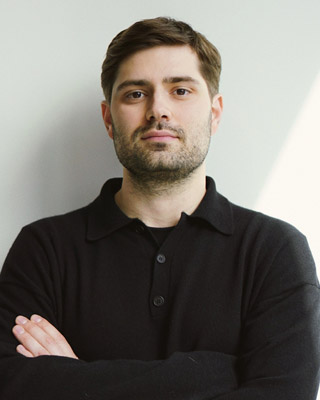Michael Lazarenko

Building the Future of HAL: Leveraging AI and Deterministic Code Generation
Status: Available NowLow-level software remains one of the biggest bottlenecks in electronics development. Every hardware change—whether due to supply issues, new functionality, or shifting requirements—engineering teams face weeks or months of rework just to get the hardware usable again. And as devices become more complex and development cycles continue to shorten, this problem is only getting worse.
The hardware abstraction layer (HAL) is essential to manage this complexity. It separates hardware-specific behavior from application logic, allowing teams to swap components and scale across platforms. But today, HALs are still built mostly by hand—slow, brittle, and hard to validate.
In this talk, I’ll walk through how we’re building a different approach:
- Using AI not to generate code directly, but to retrieve, interpret, and stabilize hardware data
- Using structured generation to produce deterministic, traceable, and certifiable low-level software
- Combining these methods to support a flexible, repeatable HAL generation process that works even in functional safety environments
I’ll cover:
- Why HAL development is a growing problem
- How we use structured models and deterministic rules for code generation
- What testing and documentation look like in our system
- What we’ve already built and what’s coming next
Live Q&A - Building the Future of HAL: Leveraging AI and Deterministic Code Generation
Status: Available NowLive Q&A with Michael Lazarenko for the theatre talk titled Building the Future of HAL: Leveraging AI and Deterministic Code Generation

